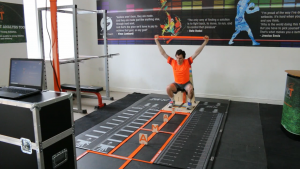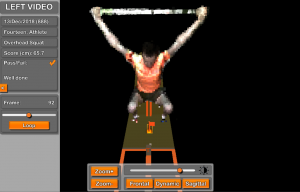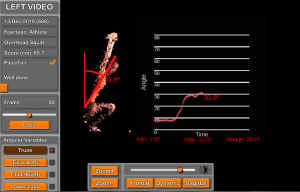Measuring Movement
Movement skills are said to be the building blocks that provide a foundation for specialised and sport-specific skills that are required in a variety of physical activities. The decision on how we measure these movement skills will be dictated by the purpose of what we are assessing them for. What information are we wanting to gather and why? The purpose may be to group a set of individuals, to identify those at risk of injury, to create educational or development programmes, to monitor changes in movement skills over time, to provide feedback to the performer or to predict performance in the future (Burton & Miller, 1998).
To measure movement skill from a quantitative perspective, usually involves assigning an outcome score to the movement. Categorical arbitrary units are often used but can lack context relating to the movement, objective meaningful scores are usually preferred such as distances, or times. These scores or results can then be used to compare against a normative group, this information can allow for comparison of an individual against their chronological or biological peers and can help identify and distinguish those with difficulty in certain movement patterns (Hands, 2002).
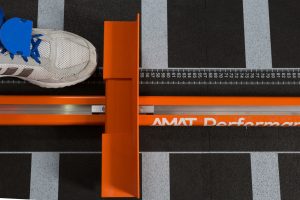
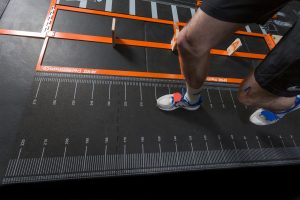
In measuring these skills we must try and take into account all three constructs of fundamental movement skills: locomotion, object control and stability (Rudd et al., 2015). Measuring movements in each of these gives us a more representative view of an individual’s overall movement ability. In addition to this, as is discussed in the study by Clark et al., (2016), three dimensional kinematic variables can differ in individuals by up to 65%. So whilst overall activity and scores may be similar, individual movement profiles and characteristics in children are highly variable.
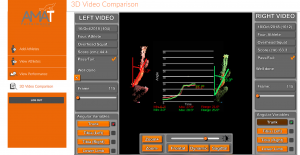
During the development and future additions to our product we have tried and continue to account for many of the factors mentioned above. We want to assess movement skills using AMAT Performance to provide individual feedback, to monitor changes in movement over time, to create effective and educational movement development programmes, to potentially identify those at risk of injury, and to allow comparison of results within and between different groups.
In order to do this we developed our product to automatically provide quantitative performance scores of movement, with additional 3D biomechanical analysis being made available for practitioners and coaches to understand the variability in each movement between individuals. For more information on our product, please visit our website amatperformance.com

